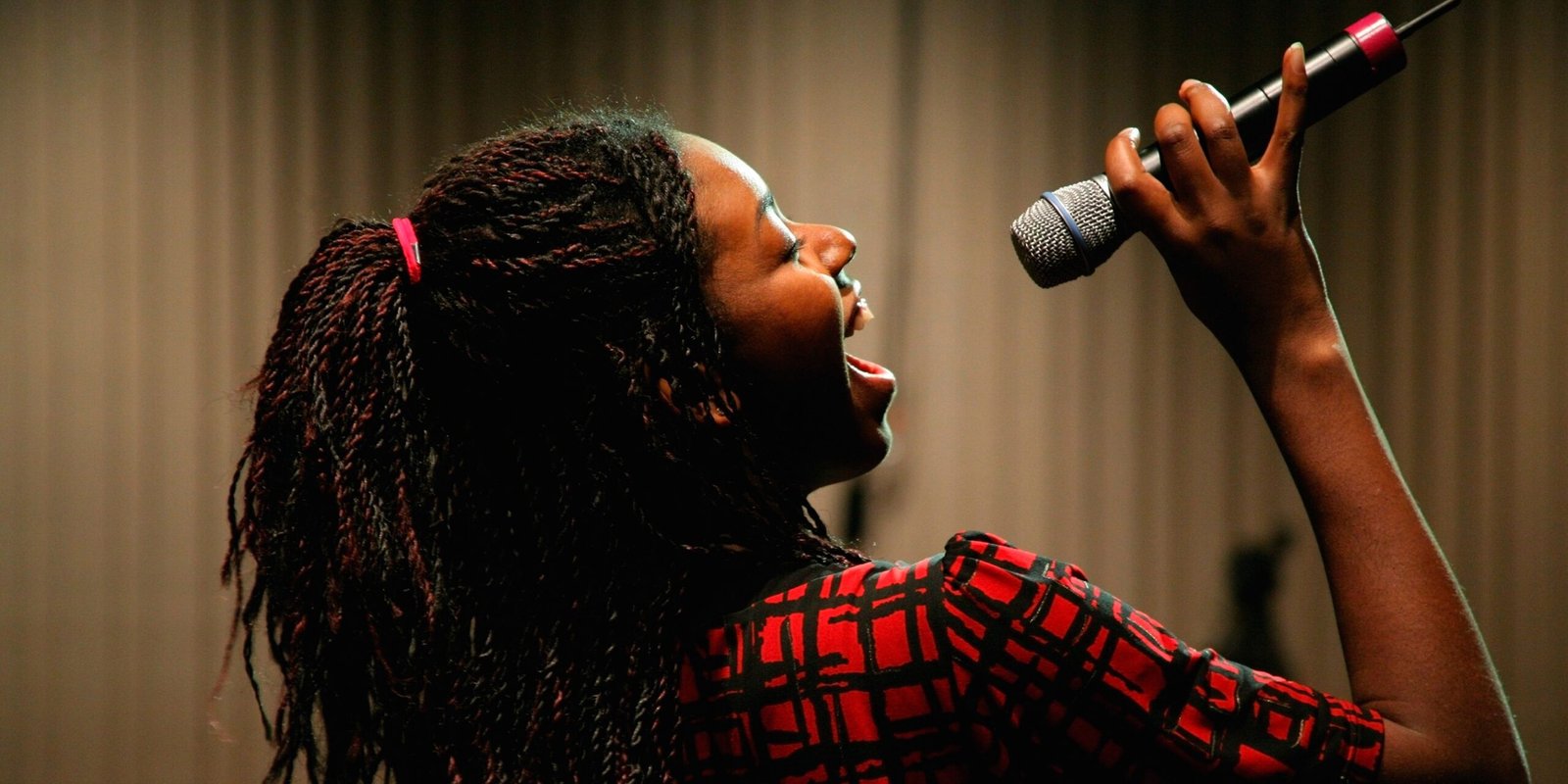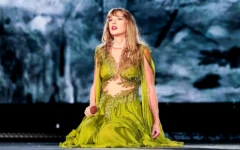Different Roles in Opera
June 14, 2024 2024-06-19 9:41Different Roles in Opera
Exploring the Different Roles in Opera: A Guide for Beginners
Opera is a magnificent art form that combines music, drama, and visual spectacle. For beginners, understanding the different roles in opera is crucial to appreciating the complexity and beauty of an operatic performance. In this guide, we’ll explore the various roles that bring an opera to life, from the principal singers to the supporting cast and behind-the-scenes contributors.
1. The Principal Roles
The principal roles in opera are usually the main characters around whom the story revolves. These roles are typically sung by the most experienced and skilled performers. Here are the key principal roles:
- Soprano: Often the heroine of the story, the soprano role is usually the highest female voice. Famous soprano roles include Violetta in “La Traviata” and Mimi in “La Bohème”.
- Tenor: The tenor often plays the hero or the romantic lead. Iconic tenor roles include Rodolfo in “La Bohème” and Alfredo in “La Traviata”.
- Mezzo-Soprano: This role can be a female lead or a supporting character, such as Carmen in “Carmen” or Rosina in “The Barber of Seville”.
- Baritone: Baritones often play villains or complex characters, like Scarpia in “Tosca” or Figaro in “The Barber of Seville”.
- Bass: The bass voice often represents authority figures or older characters, such as Sarastro in “The Magic Flute” or Boris in “Boris Godunov”.
Understanding these different roles in opera helps to appreciate the vocal diversity and character dynamics within a performance.
2. Supporting Roles
Supporting roles are vital for the development of the plot and add depth to the story. These characters often interact with the principal roles and help move the narrative forward. Examples include:
- Supporting Sopranos and Tenors: These singers play secondary characters that are essential to the plot. For instance, Musetta in “La Bohème” is a supporting soprano.
- Character Roles: These are often more comedic or dramatic parts that add flavor to the story, such as the buffo bass role of Don Bartolo in “The Barber of Seville”.
Recognizing the importance of these different roles in opera enhances the viewing experience and highlights the collaborative nature of operatic storytelling.
3. Chorus
The chorus plays a significant role in many operas, providing background and atmosphere, and often representing groups of people like villagers, soldiers, or party guests. The chorus contributes to the grandeur and emotional impact of the performance, making them indispensable in many productions.
4. Supernumeraries
Supernumeraries, or “supers,” are non-singing roles often filled by actors or extras. They add realism and fullness to scenes by playing silent parts like servants, soldiers, or townsfolk. Understanding the function of supernumeraries highlights the attention to detail in opera productions.
5. Orchestra and Conductor
The orchestra and conductor are integral to any opera. The conductor leads the orchestra, ensuring that the music complements the singers and the action on stage. The orchestra provides the musical foundation and enhances the emotional intensity of the performance.
6. Creative and Technical Staff
Behind the scenes, a dedicated team of creative and technical staff work to bring the opera to life. This includes:
- Directors and Designers: Responsible for the overall vision of the production, including staging, set design, and costumes.
- Stage Managers: Coordinate all aspects of the performance, ensuring smooth transitions and managing cues.
- Lighting and Sound Technicians: Enhance the visual and auditory experience through lighting and sound effects.
Appreciating these different roles in opera helps one to understand the enormous collaborative effort required to produce a seamless performance.

Conclusion
Exploring the different roles in opera reveals the intricate tapestry of talents and efforts that come together to create this extraordinary art form. From the principal singers to the supporting cast and the behind-the-scenes crew, every role is essential in bringing an opera to life. For beginners, recognizing and appreciating these different roles in opera can deepen their understanding and enjoyment of this timeless genre. Whether you are drawn to the powerful voices of the principal roles, the rich contributions of the chorus, or the detailed work of the technical staff, each aspect plays a crucial part in the magic of opera.
If you want to learn opera singing, join us at Angels Music Academy and embark on your journey into the world of opera.
Related Posts
Women in Music
Music Technology
Techniques for Opera Singers
Best Opera Studies in India
Search
Categories






